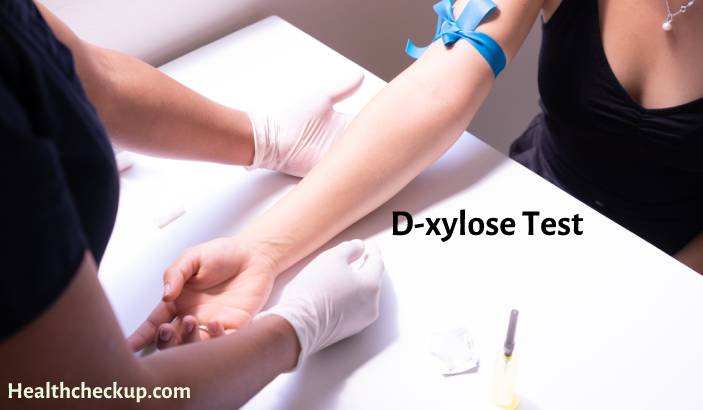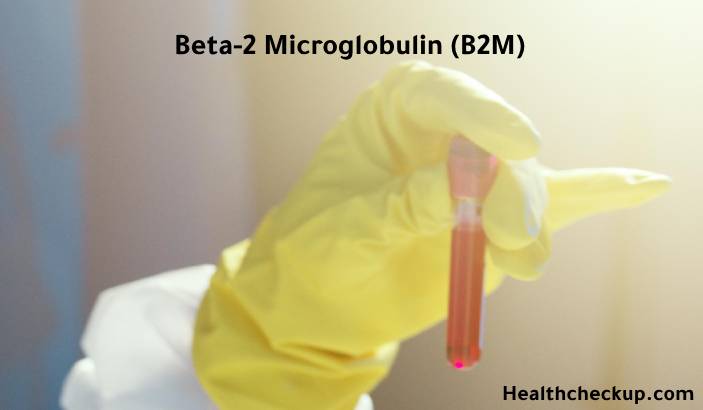Xylose (D-Xylose) testing is a laboratory test that measures the level of xylose, a type of sugar, in the blood or urine. Xylose is absorbed from the small intestine and is typically not present in significant amounts in the blood or urine.
Why is the D Xylose test performed?
The purpose of D Xylose testing is to evaluate the function of the small intestine and to assess the risk of malabsorption, which is the inability to properly absorb nutrients from food. D Xylose testing may be used to help diagnose and monitor conditions such as celiac disease and Crohn’s disease, which can cause malabsorption.
How to prepare for the test?
Preparation for xylose testing typically involves fasting for a specified period of time before the test and avoiding certain medications and foods that may interfere with the accuracy of the results. The procedure for the test involves collecting a blood or urine sample from the patient, which is then sent to a laboratory for analysis.
Results Interpretation and Normal Range
The normal range for xylose levels in the blood or urine varies depending on the specific laboratory performing the test, but typically ranges from 0 to 10 milligrams per deciliter (mg/dL) in the blood and 0 to 4 mg/dL in the urine. Results that are outside of the normal range may indicate the presence of malabsorption and may require further evaluation or treatment.
Are there any risks involved in the testing?
There are generally no risks associated with xylose testing. However, as with any blood test, there is a small risk of infection or bleeding associated with the blood draw. The procedure for collecting a urine sample may carry a small risk of infection if the sample is not collected and handled properly.








